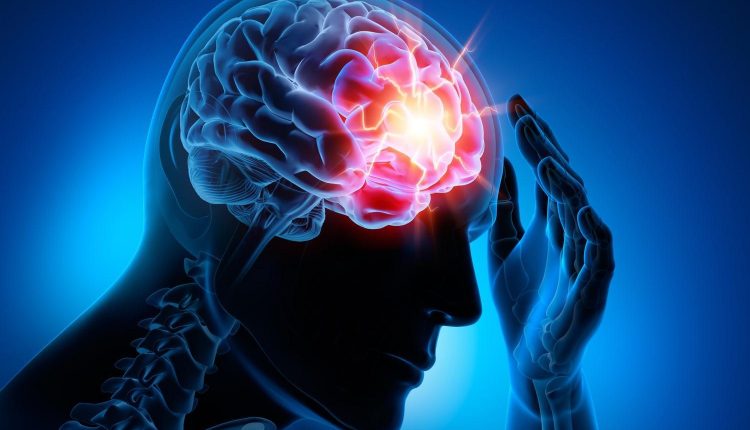
Tension headache: symptoms, characteristics and treatment
Tension headache is the most common form of “headache”. The onset of tension headache is in youth, with a subsequent decline in early age
This type of headache can be both episodic (if it occurs rarely) and chronic, if it occurs for more than 15 days in a month or for more than 6 months a year.
The episodic form is caused by efforts or posture errors, while the chronic one depends on functional modifications of the central nervous system.
The main features of tension headache are:
- pain, mild or moderate, located in the frontal area or at the level of the neck (occipital area);
- pain perceived as a weight or a circle in the head, like a pinch or a pressure, never throbbing but undulating
- it can last from half an hour to a week;
- does not get worse with physical movement;
- improves with activities and specific relaxing exercises;
- it is usually not associated with other symptoms, such as vomiting;
- it may be accompanied by photophobia (pain is made worse by light) or phonophobia (sounds make headaches worse).
The causes of tension headache are not always identifiable, however if we exclude the presence of oromandibular or oral cavity dysfunctions and the abuse of some drugs, we must necessarily take into consideration the possibility that the symptom is linked to intense psychosocial stress, anxiety or depressives.
The triggering cause induces a continuous contraction of the muscles around the head and neck, causing tissue damage and therefore an inflammatory process.
In people who frequently suffer from tension headaches, the mechanisms controlling this pathway do not work properly.
This causes a further muscle contraction, causing a painful stimulus again and thus creating a mechanism which, if not interrupted, risks feeding and amplifying.
In these cases, it may be useful to intervene with a pharmacological aid (analgesic) which interrupts this flow at the first symptoms.
Tension headache cure
The therapy of tension headache is multidisciplinary: muscle relaxant drugs, diary to facilitate the identification of triggering factors, symptoms and frequency of attacks, lifestyle regulation, individual cognitive behavioral psychotherapy, Biofeedback (EMG, thermal) for education in muscle tension control and to interrupt the vicious cycle “contracture > pain > contracture”, relaxation techniques (autogenic training, yoga, isometric exercise, etc.), electrotherapy (muscle relaxation and endorphin release stimulation), physiotherapy (posture correction, mobilisation, spinal manipulations, massages).
There is no real cure for tension headache, which at least in its predisposition remains chronic, but the episodes can be significantly reduced by intervening on the psychological factors which tend to maintain the hyperactivation of the autonomic nervous system and the relative involuntary contraction of the muscles involved.
Read Also
Emergency Live Even More…Live: Download The New Free App Of Your Newspaper For IOS And Android
Cluster Headache: Symptoms And Treatment
What A Headache! Will It Be A Cephalea Or A Migraine?
Rebound Headache, The Headache Linked To Drug Abuse
Migraine And Tension-Type Headache: How To Distinguish Between Them?
Headaches And Dizziness: It Could Be Vestibular Migraine
Monoclonal Antibodies And Botulinum Toxin: New Treatments For Migraines
Migraine With Brainstem Aura (Basilar Migraine)
Migraine And Tension-Type Headache: How To Distinguish Between Them?
Paroxysmal Positional Vertigo (BPPV), What Is It?
Headaches And Dizziness: It Could Be Vestibular Migraine
Waking Up Headaches: What Are The Causes And What To Do
Tension Headache: What Is It, What Are The Causes And What Are The Treatments?
Muscle Tension Headache: Help From Cryotherapy
Headache During Plane Landing: Why Does It Happen?
Cluster Headache: How To Recognise And Manage It?
Headache: What It Is, Symptoms And Treatment



